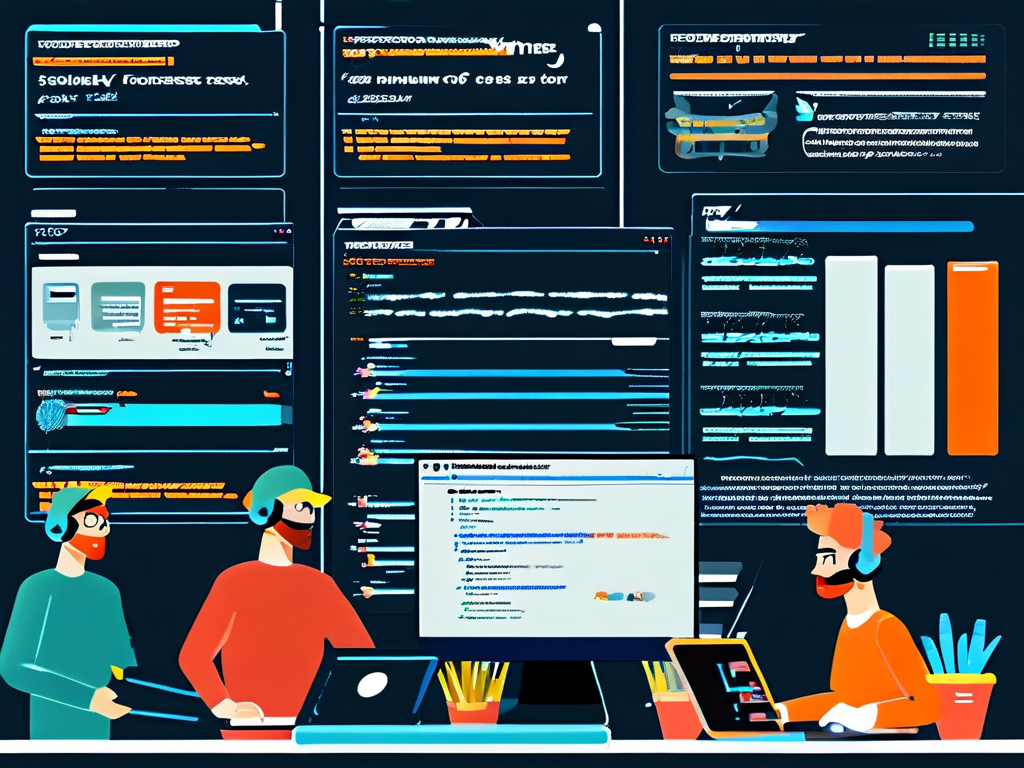In today’s fast-paced work environments, automating deployment processes for attendance tracking systems has become essential for improving efficiency and reducing human error. This article explores practical methods to implement automated deployment workflows while addressing common challenges in attendance management.

Understanding the Core Components
An automated attendance system typically relies on three key elements: a time-recording interface (e.g., mobile app or web portal), a backend database, and integration with HR platforms. The deployment process must ensure seamless coordination between these components while maintaining data security. For development teams, this means adopting infrastructure-as-code (IaC) principles and continuous integration/continuous deployment (CI/CD) pipelines.
Step 1: Environment Configuration with Docker
Containerization simplifies deployment consistency across environments. Below is a sample Docker Compose configuration for a Node.js-based attendance API:
version: '3'
services:
app:
image: node:18
working_dir: /app
volumes:
- .:/app
ports:
- "3000:3000"
command: npm start
db:
image: postgres:15
environment:
POSTGRES_PASSWORD: securepass123
This setup ensures identical runtime environments from development to production, eliminating the "it works on my machine" problem.
Step 2: CI/CD Pipeline Implementation
A robust pipeline should automate testing and deployment. For GitHub-hosted projects, a GitHub Actions workflow might include:
name: Deploy Attendance System
on:
push:
branches: [main]
jobs:
deploy:
runs-on: ubuntu-latest
steps:
- uses: actions/checkout@v4
- name: Run Tests
run: npm test
- name: Deploy to AWS
if: success()
uses: aws-actions/configure-aws-credentials@v2
with:
aws-access-key-id: ${{ secrets.AWS_KEY }}
aws-secret-access-key: ${{ secrets.AWS_SECRET }}
aws-region: us-east-1
Handling Real-World Complexities
When deploying geo-distributed attendance systems, consider:
- Latency optimization through CDN integration
- Offline synchronization capabilities
- Biometric data encryption at rest and in transit
- Compliance with labor regulations (e.g., GDPR for EU employees)
Monitoring and Maintenance
Implement logging and alerting mechanisms to track system performance. A Prometheus-Grafana stack can visualize metrics like API response times and database connection pools. Regular penetration testing should validate security measures, especially when handling sensitive employee data.
Common Pitfalls to Avoid
- Over-automating manual approval points in deployment workflows
- Neglecting rollback strategies for failed deployments
- Underestimating regional data storage requirements
- Failing to update SSL certificates automatically
Automating deployment for attendance systems requires careful planning but delivers significant long-term benefits. By combining containerization, CI/CD pipelines, and proactive monitoring, organizations can achieve reliable, scalable, and secure attendance management. As teams refine their deployment strategies, they should prioritize gradual improvements over perfect solutions, allowing for iterative optimization based on real-world feedback.









